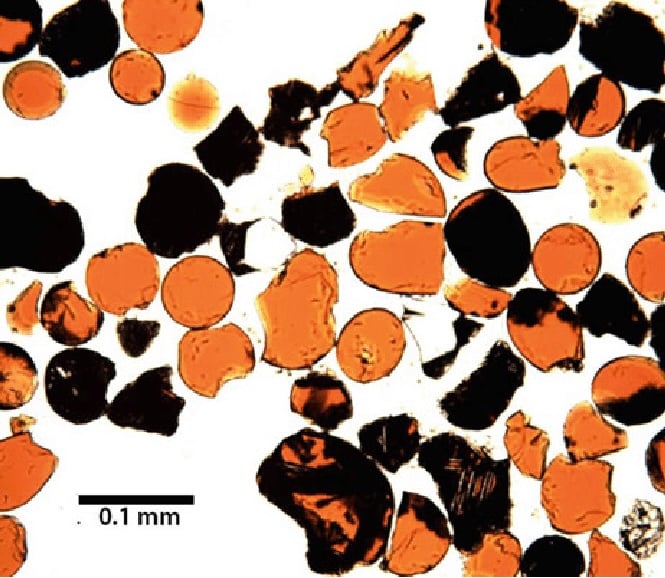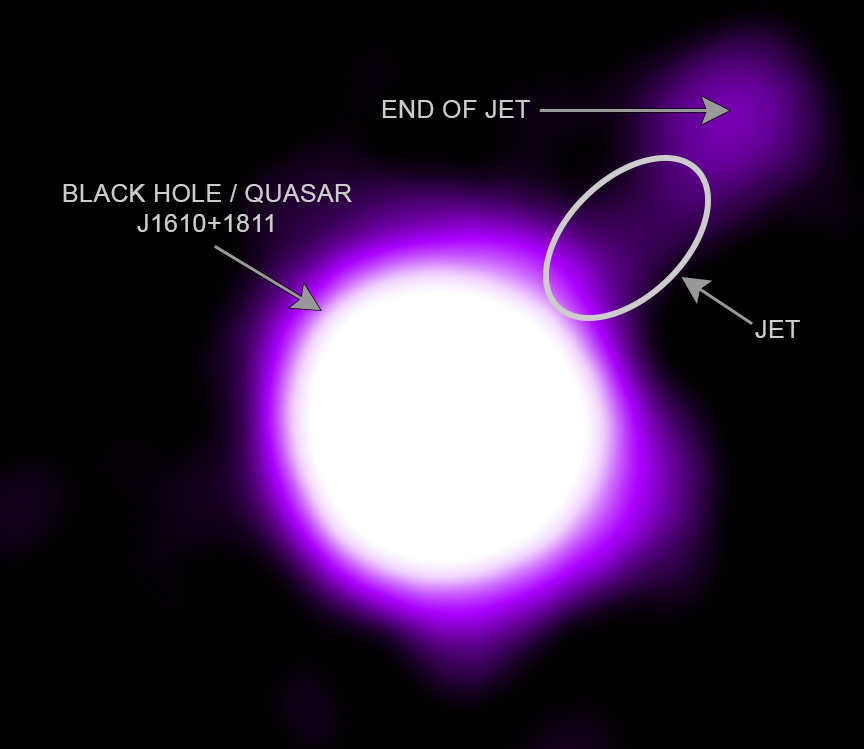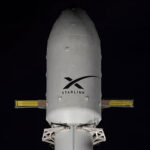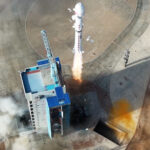Now Reading: NASA sets new potential launch date for Ax-4 mission to ISS
-
01
NASA sets new potential launch date for Ax-4 mission to ISS
NASA sets new potential launch date for Ax-4 mission to ISS
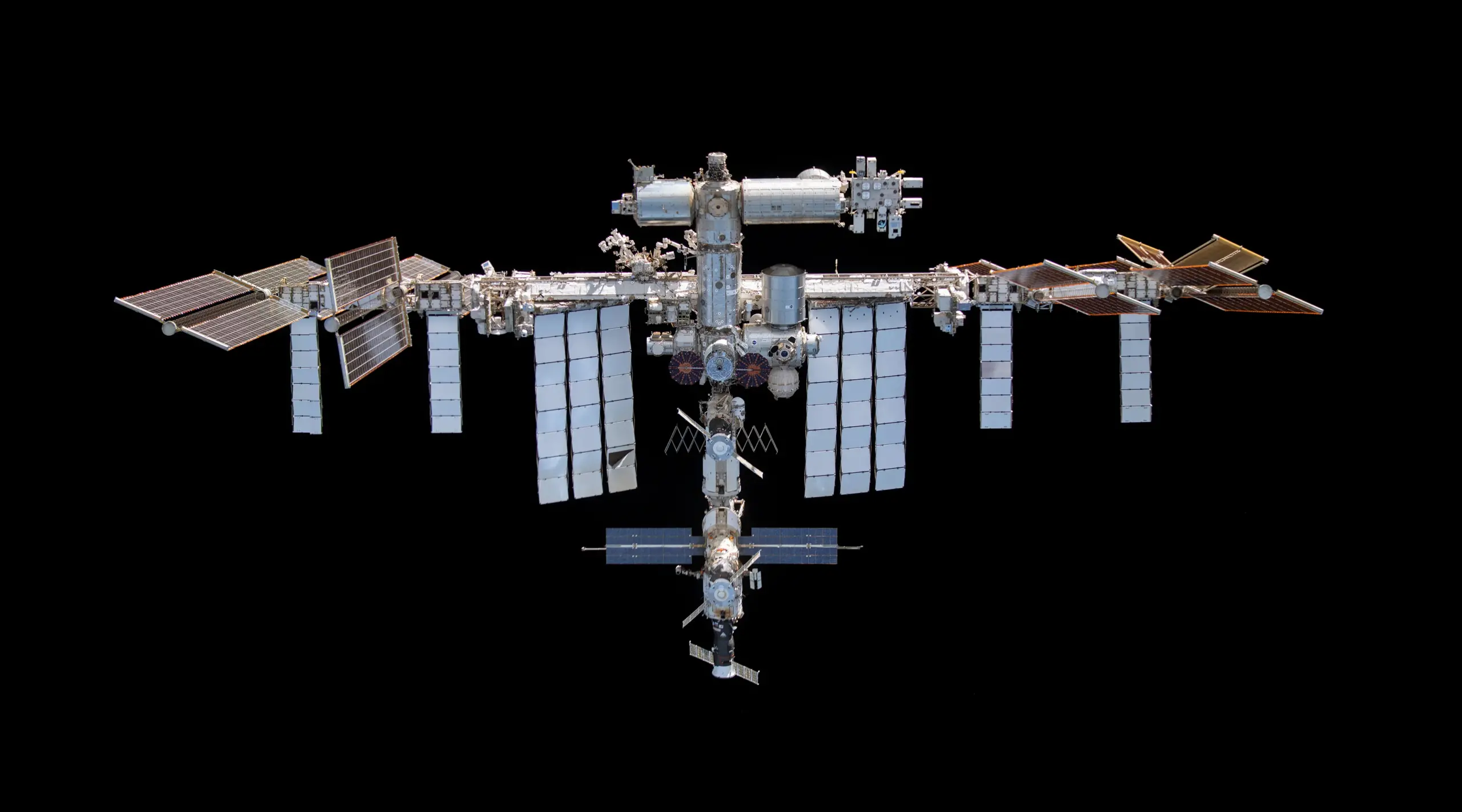

PARIS — NASA says a private astronaut mission could launch to the International Space Station as soon as June 19 as it works to understand an air leak on the Russian segment of the station.
In a June 14 statement, NASA said it is working with Axiom Space and SpaceX on “reviewing launch opportunities” for the Ax-4 mission, with the earliest such opportunity on June 19.
The mission was set to launch June 11 but was postponed the evening before to correct a liquid oxygen leak in one of the engines in the Falcon 9’s first stage. That repair appeared to be ready to support a launch as soon as June 13, but NASA announced June 12 it put the launch on hold to allow the agency and Roscosmos to assess a “new pressure signature” in a Russian ISS module after recent work there.
The assessment involved a vestibule or “transfer tunnel” known as PrK at one end of the Zvevzda module, connecting a docking port to the rest of the module. That vestibule has had a small leak for several years, despite efforts by Roscosmos to seal it, and the vestibule is usually sealed off from the rest of the station.
NASA said that after the recent work, pressure in PrK remained stable rather than dropping slightly as previously detected. “This could indicate the small leaks have been sealed. Teams are also considering the stable pressure could be the result of a small amount of air flowing into the transfer tunnel across the hatch seal from the main part of space station,” NASA stated.
The concern appears to revolve around the condition of the seals in the hatch that, if degraded, could pose additional problems for the station. “By changing pressure in the transfer tunnel and monitoring over time, teams are evaluating the condition of the transfer tunnel and the hatch seal between the space station and the back of Zvezda,” NASA stated.
NASA said teams are making progress in that evaluation, allowing them to plan for new launch opportunities for Ax-4. The agency also confirmed that SpaceX corrected the liquid oxygen leak in the Falcon 9 booster, checking that with a tanking test June 12.
NASA has not provided other details about the pressure signature in PrK that triggered the delay, including when it was detected. It came after Russian cosmonauts on the station made another effort to resolve the air leak by sealing cracks seen in the vestibule. The leaks have persisted in PrK for several years without a resolution, something that has concerned NASA and its safety advisers.
In a statement posted on social media June 13, Roscosmos said that it had eliminated the leak seen in PrK after the latest work to seal cracks there. The statement did not mention the alternative explanation posed by NASA that air could be leaking through seals in the hatch to keep the pressure stable in the vestibule.
This incident provided another opportunity for Elon Musk, founder and chief executive of SpaceX, to call for an early retirement of the ISS.
“There are potentially serious concerns about the long-term safety of the @Space_Station. Some parts of it are simply getting too old and obviously that risk grows over time,” he said in a social media post June 13. “Even though @SpaceX earns billions of dollars from transporting astronauts & cargo to the ISS, I nonetheless would like to go on record recommending that it be de-orbited within 2 years.”
“I think we need to move on from this ancient space station,” he added in a post later the same day. “If necessary, deep space Starship missions with astronauts can fill the gap.” He didn’t elaborate how crewed Starship missions beyond Earth orbit could carry out the research and other activities being done continuously by the ISS in low Earth orbit.
This is not the first time Musk has called for an early end to the ISS, which is currently projected for retirement around 2030. In February, Musk made a similar call to end the ISS “as soon as possible” or in two years, saying that the station offered “very little incremental utility.”
At the time, Musk was serving as the de facto leader of the White House’s Department of Government Efficiency and was a close adviser to President Trump. However, Musk ended his formal role in the government at the end of May and his relationship with the president has soured. NASA’s fiscal year 2026 budget proposal calls for continuing the ISS to 2030, although with budget cuts that would reduce its crew size and research.
Stay Informed With the Latest & Most Important News
Previous Post
Next Post
-
 012024 in Review: Highlights from NASA in Silicon Valley
012024 in Review: Highlights from NASA in Silicon Valley -
 02Panasonic Leica Summilux DG 15mm f/1.7 ASPH review
02Panasonic Leica Summilux DG 15mm f/1.7 ASPH review -
 03How New NASA, India Earth Satellite NISAR Will See Earth
03How New NASA, India Earth Satellite NISAR Will See Earth -
 04And Thus Begins A New Year For Life On Earth
04And Thus Begins A New Year For Life On Earth -
 05From Polymerization-Enabled Folding and Assembly to Chemical Evolution: Key Processes for Emergence of Functional Polymers in the Origin of Life
05From Polymerization-Enabled Folding and Assembly to Chemical Evolution: Key Processes for Emergence of Functional Polymers in the Origin of Life -
 06Astronomy Activation Ambassadors: A New Era
06Astronomy Activation Ambassadors: A New Era -
07SpaceX launch surge helps set new global launch record in 2024















